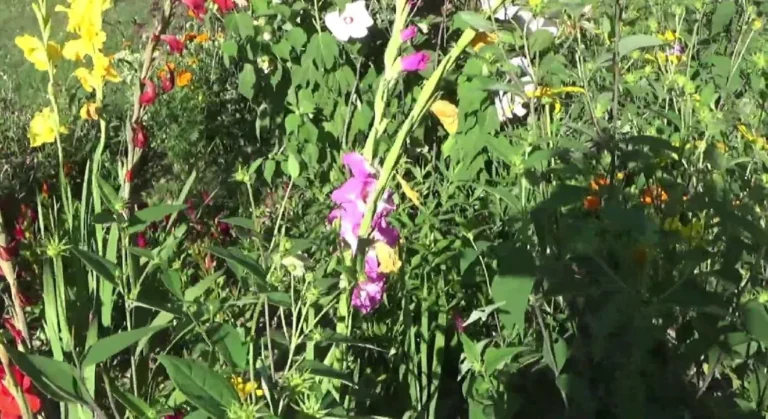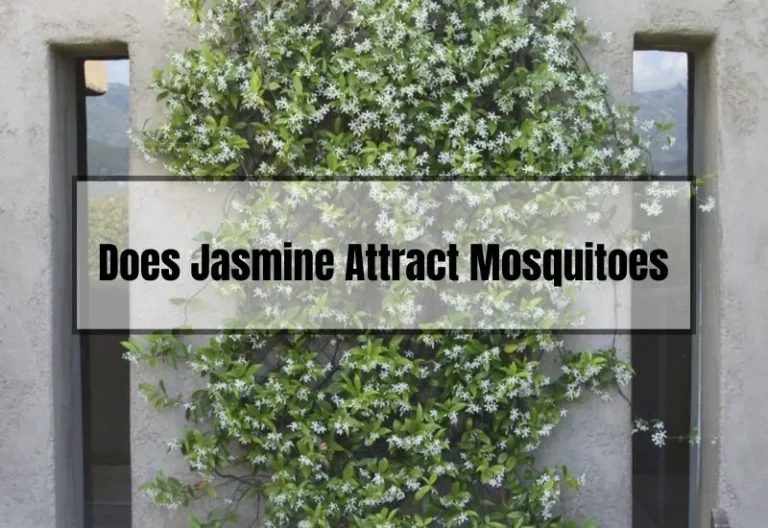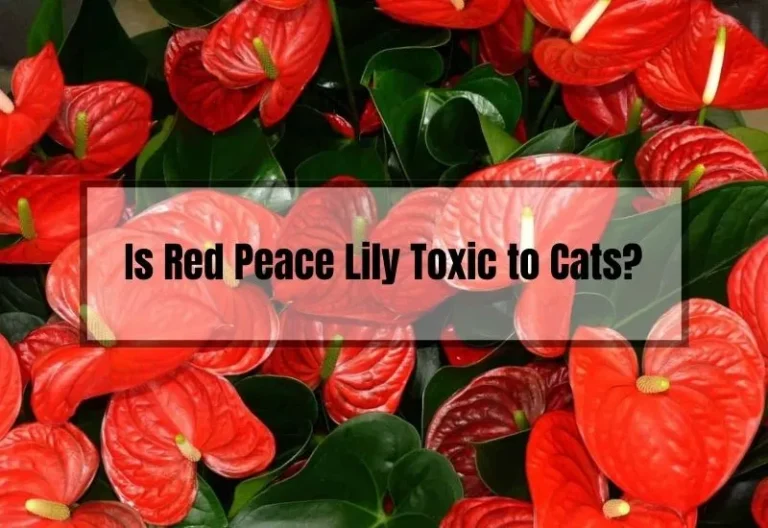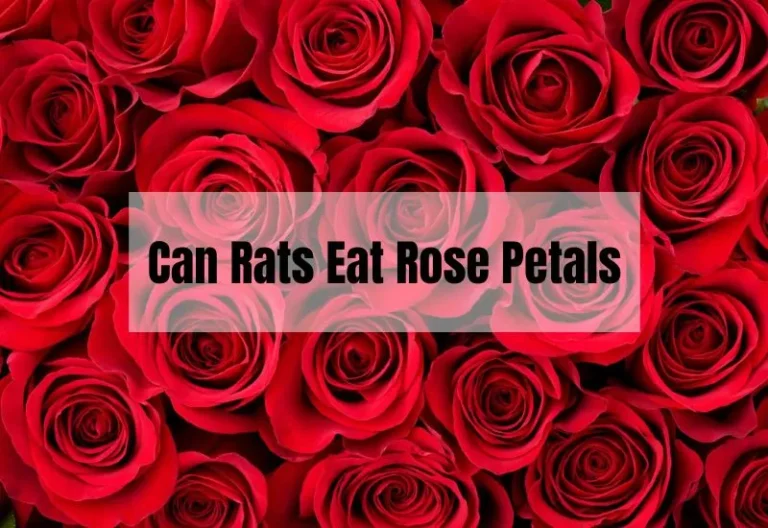Deadly Greenery: The Truth About Pothos Plants and Birds
Calling all plant lovers and bird owners! Do you have a soft spot for pothos plants, but worry about their impact on your feathered friends? We hear you. As much as we love our plants, our pets’ safety always comes first.
In this article, we’re delving into the potential dangers of pothos plants for birds, exploring what to do if your pet ingests them, and sharing some safe, bird-friendly alternatives to help you create a beautiful, secure environment for your beloved pet.
So, whether you’re a seasoned plant parent or a newbie bird owner, read on to discover how to keep your feathered friend healthy and happy – without sacrificing your love for greenery. Let’s dive in.
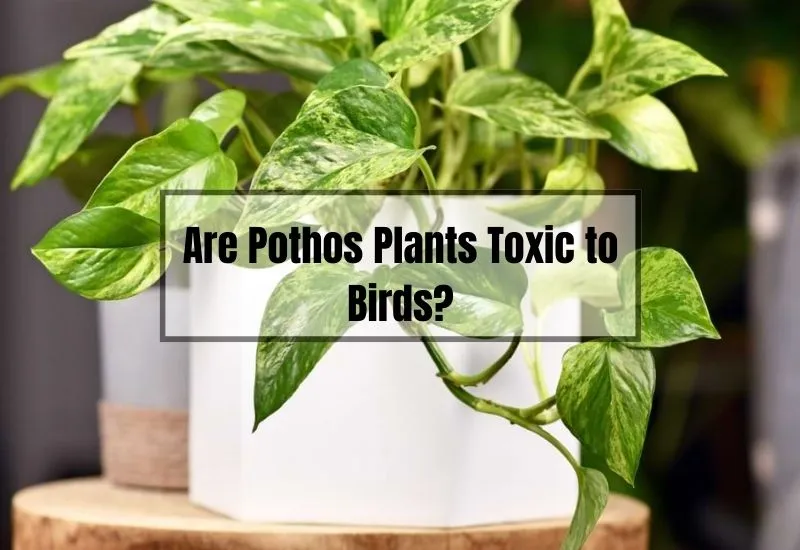
Are Pothos Plants Toxic to Birds?
Before we dive into the matter, let’s take a closer look at what makes pothos plants potentially harmful. The sap in the stems and leaves of the plant contains insoluble calcium oxalate crystals. These sharp crystals can irritate the throat and oral cavity, causing difficulty breathing, vomiting, and diarrhea if ingested.
In the case of birds, symptoms of pothos poisoning may include:
- Frequent tongue scratching
- Lethargy or lack of activity
- Depression
- Ruffled feathers
- Loss of appetite
- Inability to perch
In severe cases, or if your pet bird ate a lot of pothos leaves, complications such as kidney failure and paralysis may occur. So, to answer the burning question: yes, pothos plants can be toxic to birds.
Can Eating a Pothos Plant Kill Your Pet Bird?
While it’s clear that pothos plants can be harmful to our feathered friends, it’s highly unlikely that ingesting them would be fatal. For starters, your pet bird would need to consume a significant amount of stems and leaves for the toxins to take effect. Plus, the bitter taste and sharp texture of the calcium oxalate crystals usually induce vomiting, preventing the plant from staying in the bird’s digestive system for too long.
However, eating pothos leaves and stems will certainly harm your bird’s health, especially in smaller bird species.
What To Do if Your Bird Ate a Pothos Plant
If you suspect your bird has ingested pothos, try not to panic. Follow these steps to ensure the best care for your pet:
Identify how much pothos your bird ate by checking the leaves and stems for bite marks or scratches.
Determine how long it’s been since your bird ate the pothos. If the leaves are still oozing sap, it likely happened recently. If they’re dried and yellowing, it may have been a few hours or even a day.
Call your vet and provide them with the necessary information, such as how much the bird ingested and how long ago. Also, inform them of any symptoms your bird exhibits, like vomiting or listlessness.
If your vet asks you to bring your pet in for a consultation, take a couple of pothos leaves with you. This will help the vet identify the plant as toxic and prescribe the proper treatment for your pet bird.
Do Birds Eat Pothos?
Birds don’t naturally eat pothos as part of their diet. In fact, all Epipremnum species developed calcium oxalate crystals as a defensive mechanism. Their leaves have an unpleasant taste and cause oral irritation, which is usually enough to keep animals from eating them.
However, pet birds can be curious little creatures and may still try to peck or shred the leaves, accidentally ingesting some or spreading the toxic sap and causing irritations to their tongue and oral cavity.
Are Outdoor Pothos Plants Bad for Birds?
If you live in a tropical or subtropical region, you might have pothos growing in your garden. Thankfully, outdoor birds won’t eat this plant. Instead, they’ll use it to perch and sometimes build shelter in the vines. Since they won’t use pothos as a food source, there’s no need to remove this plant from your garden to keep birds safe.
Bird-friendly Alternatives to Pothos
As a responsible bird owner, you might want to consider some bird-safe hanging and trailing plants as alternatives to pothos. Here’s a list of plants that you can use in your bird’s cage or aviary without worrying about their health:
- All Hoya species
- All trailing Peperomia species — including String of Turtles (Peperomia prostrata)
- Baby’s Tears plant (Soleirolia soleirolii)
- Boston Fern (Nephrolepis exaltata)
- Burro’s Tail (Sedum morganianum)
- Climbing Begonia (Cissus discolor)
- Madagascar Jasmine (Stephanotis floribunda)
- Spider Plant (Chlorophytum comosum)
- String of Hearts (Ceropegia woodii)
- String of Pearls (Senecio rowleyanus)
- Swedish Ivy (Plectranthus verticillatus)
Your pet bird may still peck at the stems and leaves of these plants, but at least you’ll have peace of mind knowing that doing so won’t make them sick.
Frequently Asked Questions (FAQs)
Are all types of pothos plants toxic to birds?
Yes, all types of pothos plants contain insoluble calcium oxalate crystals, which make them toxic to birds.
How can I prevent my pet bird from eating my pothos plant?
Keep pothos plants out of reach or choose bird-safe plants instead. Monitor your bird’s interaction with any plants in its environment to ensure its safety.
Are there any other common houseplants that are toxic to birds?
Yes, some other toxic houseplants include lilies, philodendrons, dieffenbachia, and oleander. Always research a plant’s safety before placing it near your pet bird.
Can other pets, like cats and dogs, be affected by pothos plants?
Yes, pothos plants are also toxic to cats and dogs. If ingested, they may experience symptoms such as oral irritation, drooling, and vomiting.
Conclusion
In summary, pothos plants are indeed toxic to birds, so it’s essential to monitor your pet bird around such plants. If you suspect your bird has ingested pothos, contact your vet immediately and provide them with the necessary information.
To create a safe environment for your pet bird, consider using bird-friendly alternatives that won’t pose any harm to their health. By taking these precautions, you’ll ensure the wellbeing of your feathered friend and enjoy the beauty of indoor plants without worry.

